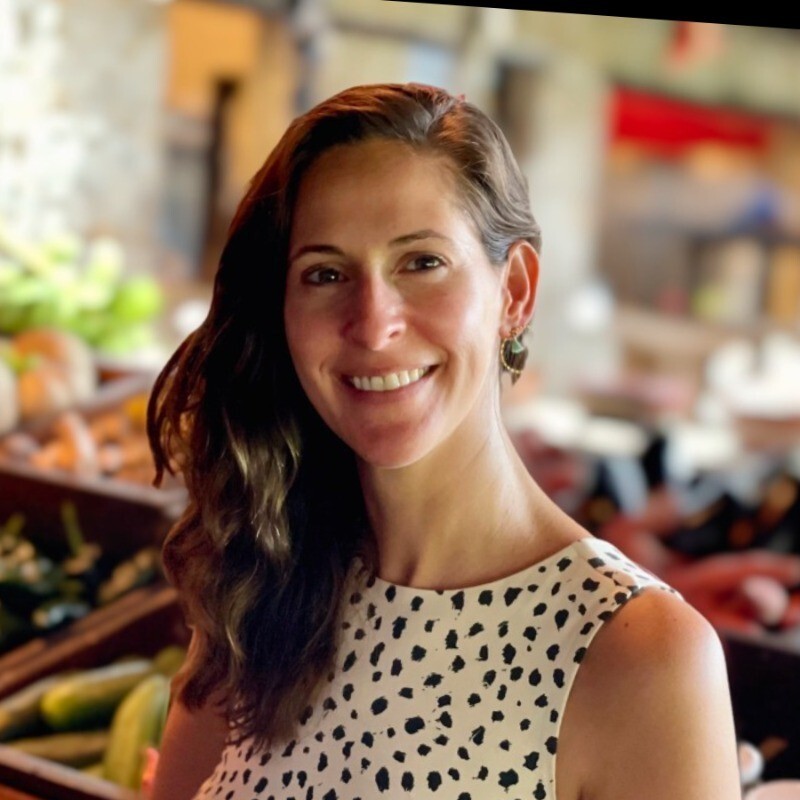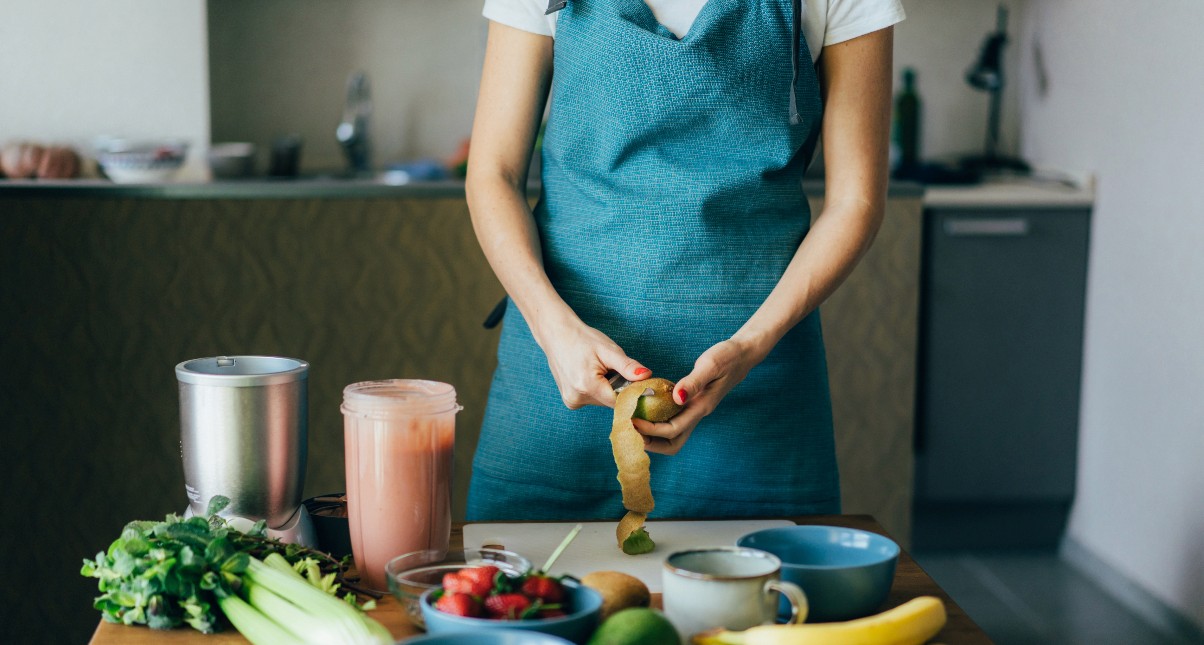When cooking up a recipe, it’s not uncommon to find yourself with leftover ingredients, or having a surplus of what’s required. Maybe a dish will only call for half an onion, or only a few handfuls of spinach from an entire packet. Here’s how to put the extras to good use - don’t let them go to waste!
Snack
Top yogurt or oatmeal with leftover berries, and use extra nuts or seeds to add a bit of crunch (and some of those good fats!) to your next meal. Crunchy vegetables like carrots, cucumbers, or peppers, pair nicely with a scoop of hummus for an afternoon snack.
Leafy greens like spinach or arugula are often purchased in large quantities. Add a handful of spinach to your next smoothie, soup, or sauce for a boost of Vitamin A. Arugula can be chopped and added to an herby pesto. Its slightly peppery flavor is a great complement to parsley, basil, and cilantro.
Freeze
If your bananas are ripening faster than you can enjoy them, freeze them! Peel bananas, then cut into 1-inch pieces. Add to a resealable freezer bag and store in the freezer for up to 3 months. Frozen bananas can be used in place of fresh bananas when blended into smoothies or cooked in oatmeal.
Although aromatic vegetables like garlic, onions, and ginger are countertop staples, you can also freeze them if you have too many to store. Peel garlic, and do the same for the onions and cut them in half. Use these frozen aromatics to add flavor to homemade chicken, vegetable, or beef stock. Nuts like almonds, walnuts, and pecans also freeze well. The cool temperature of the freezer will prevent the fats in the nuts from going rancid.
Store
Whole grains are often most cost-effective when bought in bulk. If you have extra grains like rice or quinoa, store in a cool, dark place, like a cabinet or pantry. When ready to eat, cook according to package directions and enjoy.
Roast
If the vegetables in your produce drawer are starting to soften or wrinkle, there could still be time for them! Cut everything into half-inch dice. Add the vegetables to a foil-lined baking sheet, drizzle with olive oil, and sprinkle over a few of your favorite spices. Roast at 400ºF until vegetables are tender and golden, for about 20-30 minutes. Enjoy as a snack on their own, or pair with a lean protein as part of a meal.





